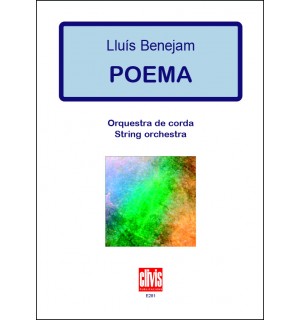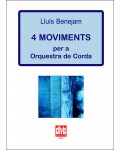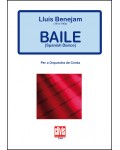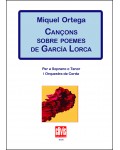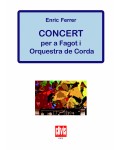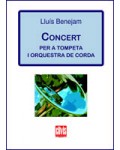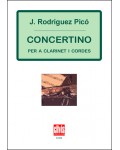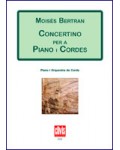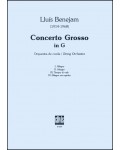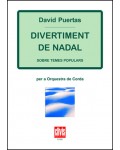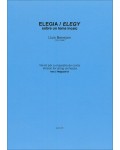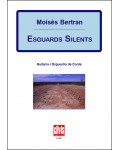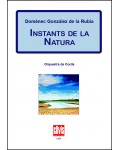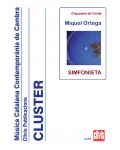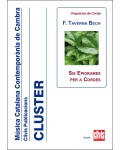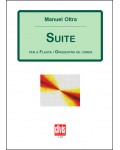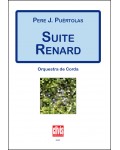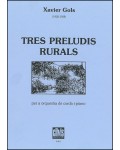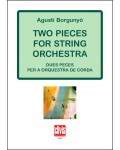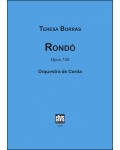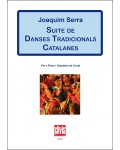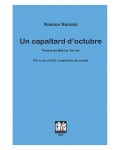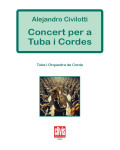
No products
Prices are tax included
Product successfully added to your shopping cart
There are 0 items in your cart. There is 1 item in your cart.
- English
- Castellano
- Català
Poema
DE281
The Poem by Lluís Benejam (first performed on 1954) was written without descriptive intent or in response to a particular literary theme. Although the composer might, at times, evoke such human emotions as sadness and happiness, or encourage the contemplation of Nature, Poem is meant as a work based solely on musical values.
| Period | 20th c. |
| Instruments | String orchestra |
| Pages | 34 |
| Time | 15 min. |
| Contents | Score |
| ISMN | 979-0-3502-0535-4 |
| Remarks | The materials are available on hire. Contact the publishing company (info@clivis.cat). |
| Price of print edition | 16,70€ |
| Edition | Digital |
On 28 May 1954, Eduard Toldrà led the Barcelona Municipal Orchestra in concert at the Palau de la Música Catalana with the debut performance of Lluís Benejam’s Poem for string orchestra. Up until that point, Benejam had composed half a dozen chamber pieces and one suite for string orchestra, but it was with this Poem that he established himself as a fully-fledged composer. Below is the text published in the programme issued on the day of the debut performance, written in all likelihood by the composer himself.
“The Poem being debuted here tonight and which, last January, won the 1953 City of Barcelona Prize for String Orchestra was written without descriptive intent or in response to a particular literary theme. Although the composer might, at times, evoke such human emotions as sadness and happiness, or encourage the contemplation of Nature, Poem is meant as a work based solely on musical values. It begins with the rendition of a long, slow phrase evoking a sense of motionless, one which transforms over time until culminating with more passionate tones. After a brief development, the concert violin takes a second, simpler and livelier theme, followed by brief periods of contrast which open up into an Allegro scherzando. The first two themes then reappear, merged together as one, followed by a repeat of the Allegro, and the piece ends with the first theme being played above the rhythmic devices used for the Scherzando”.
David Puertas

